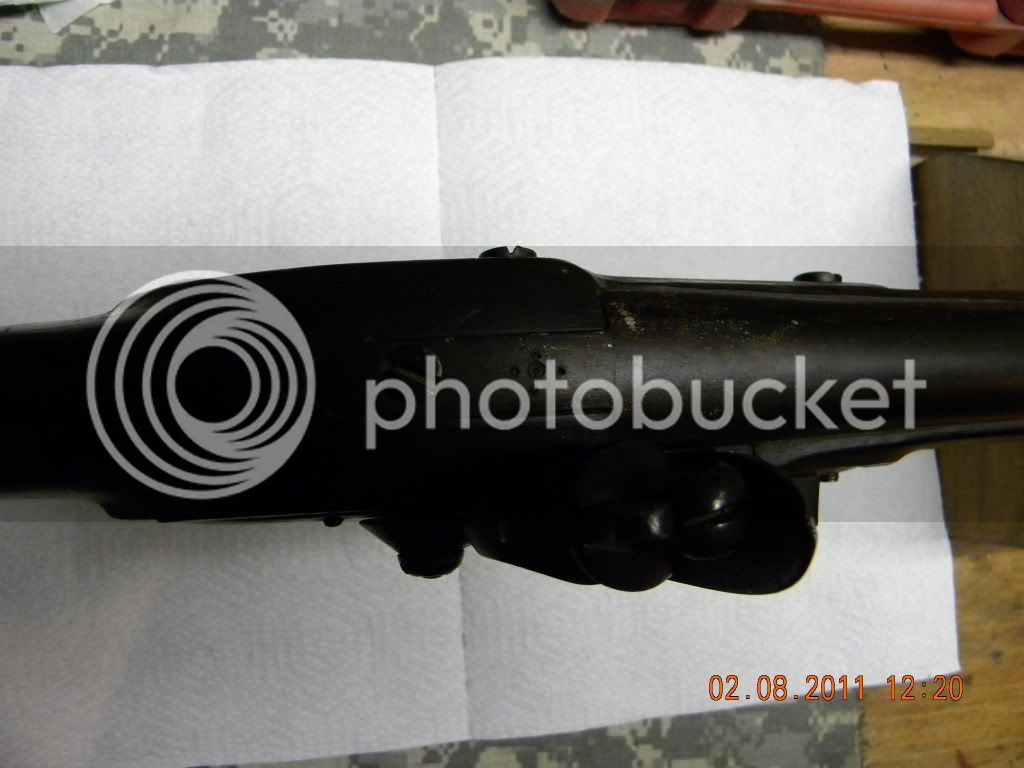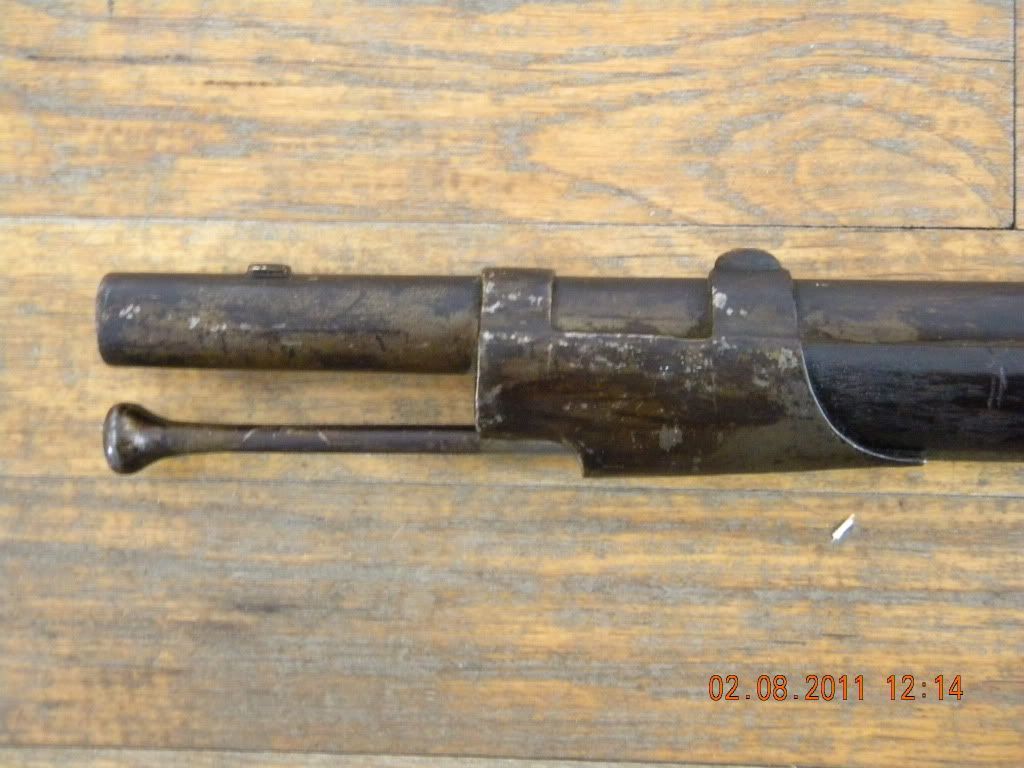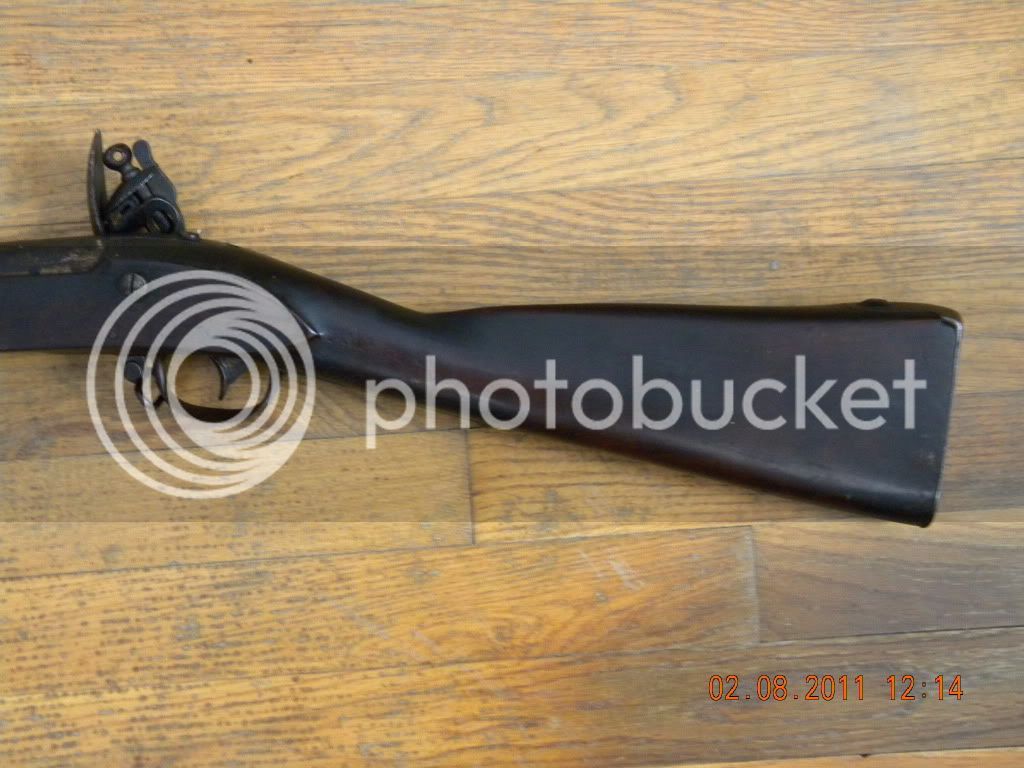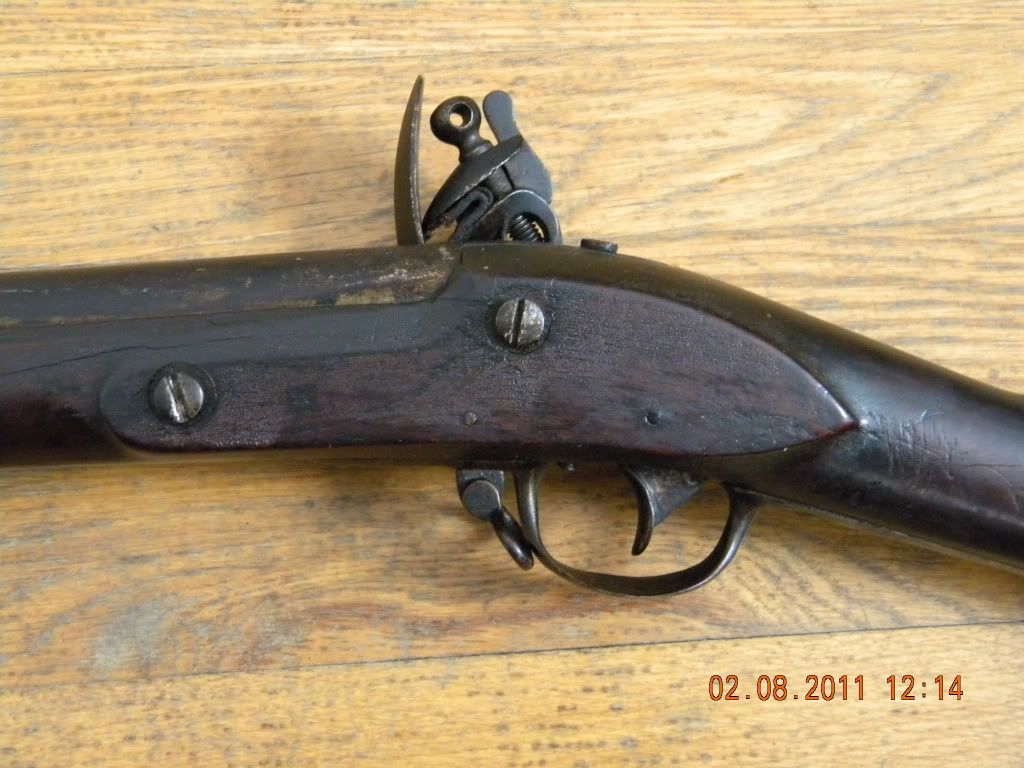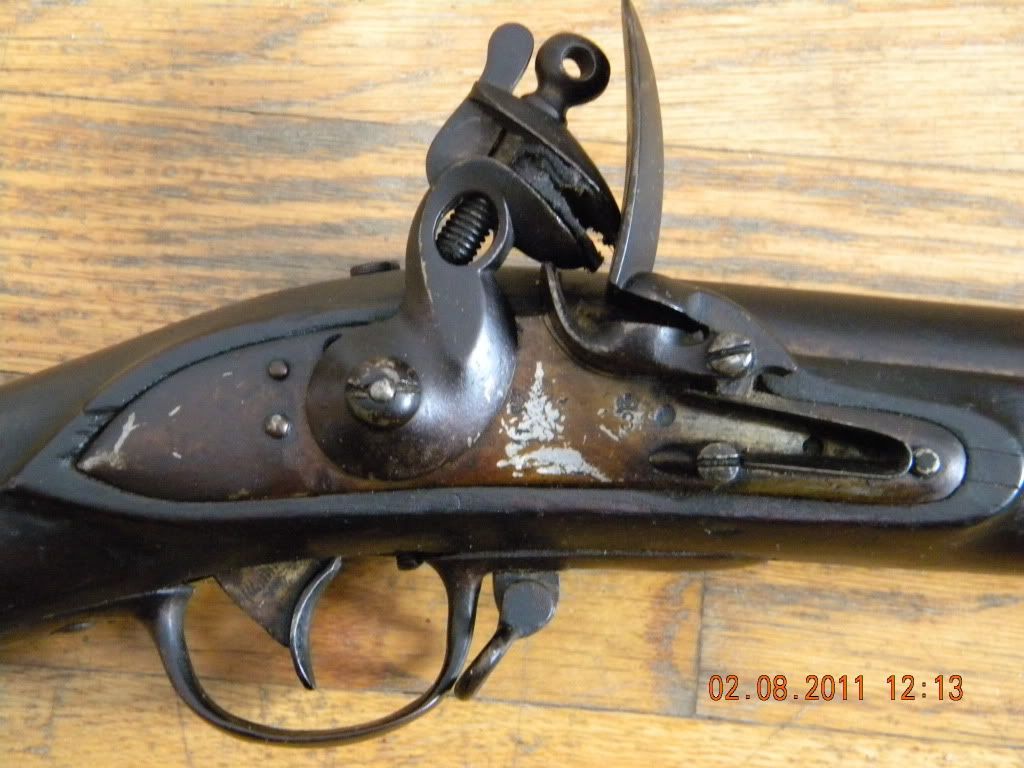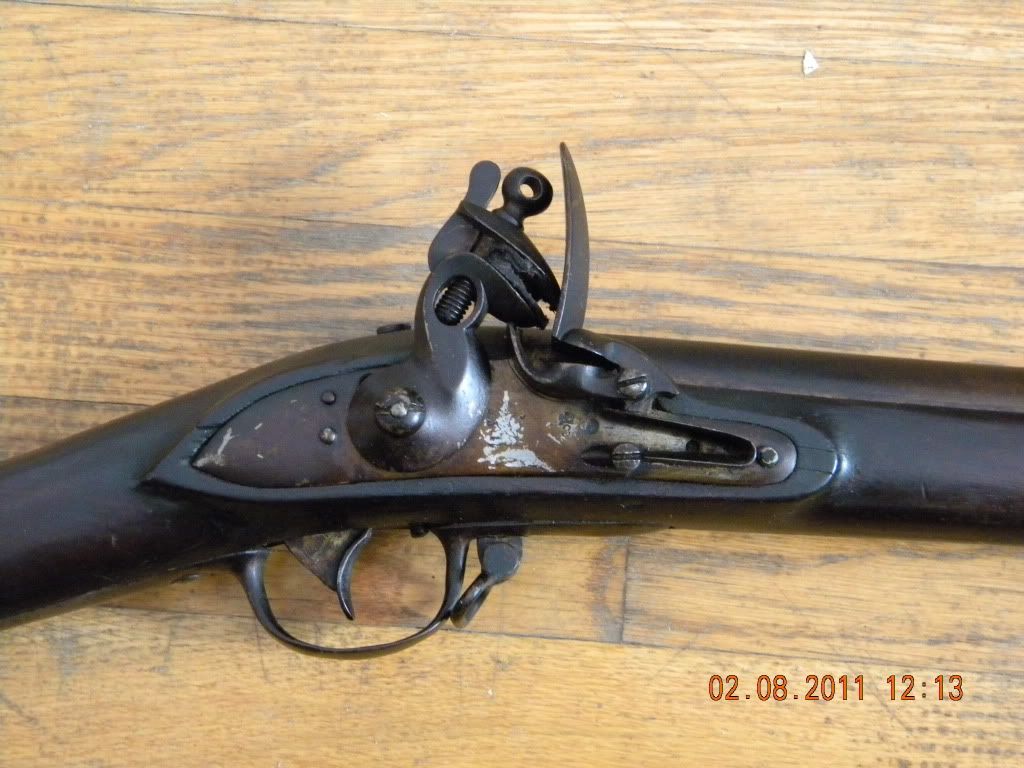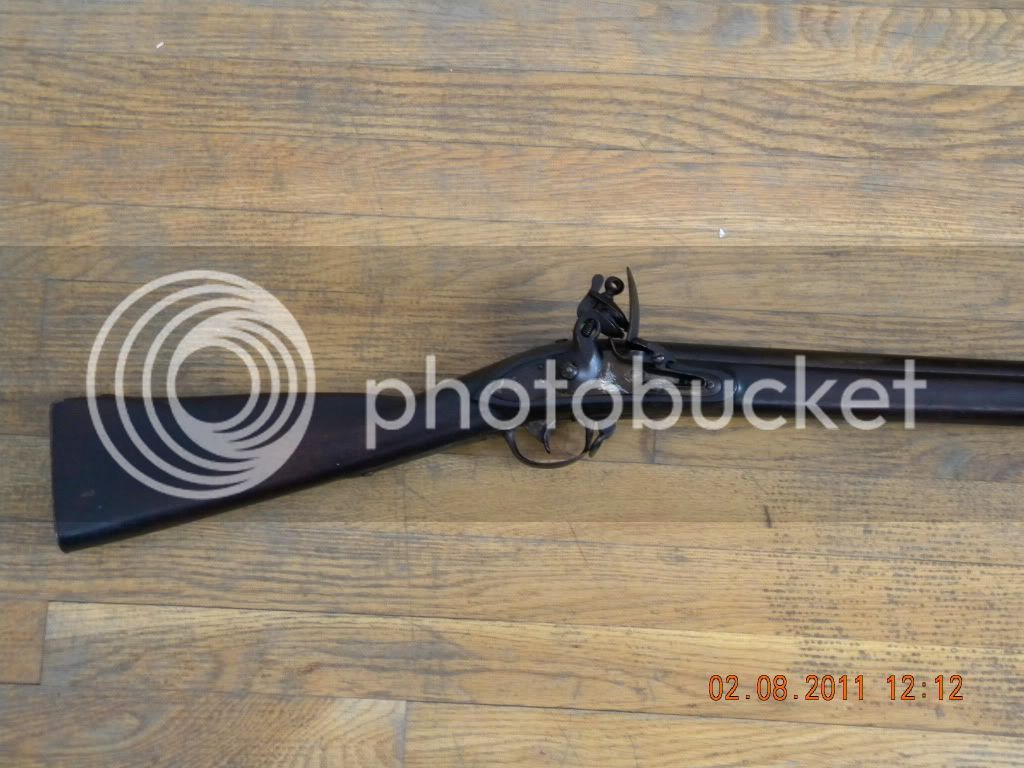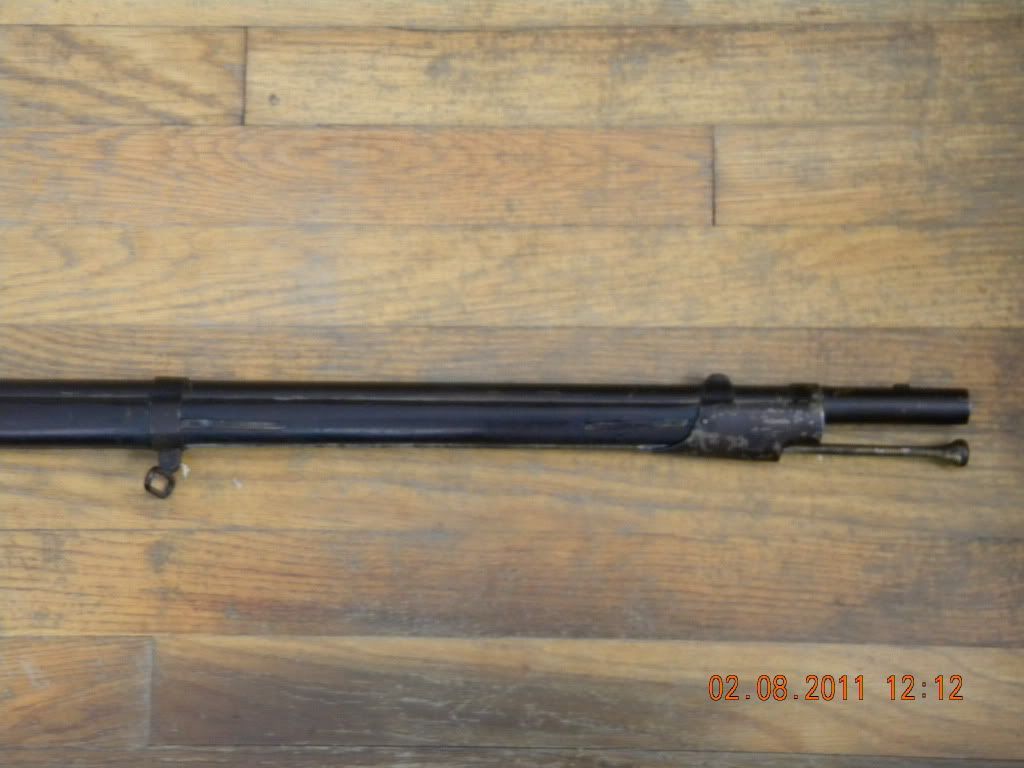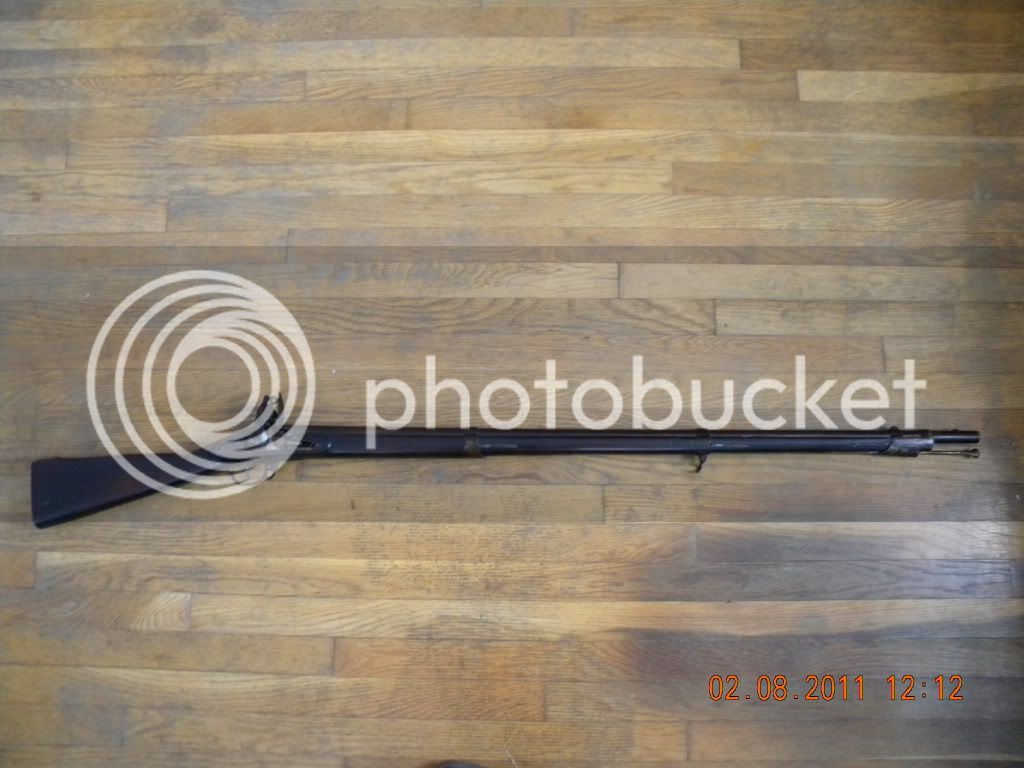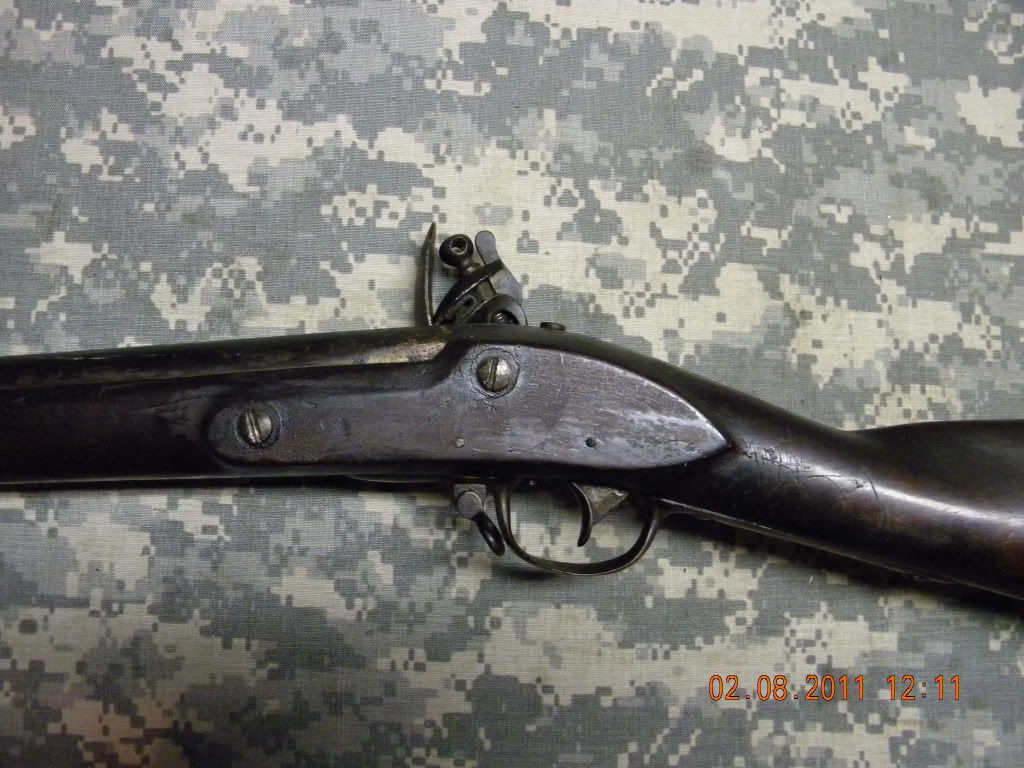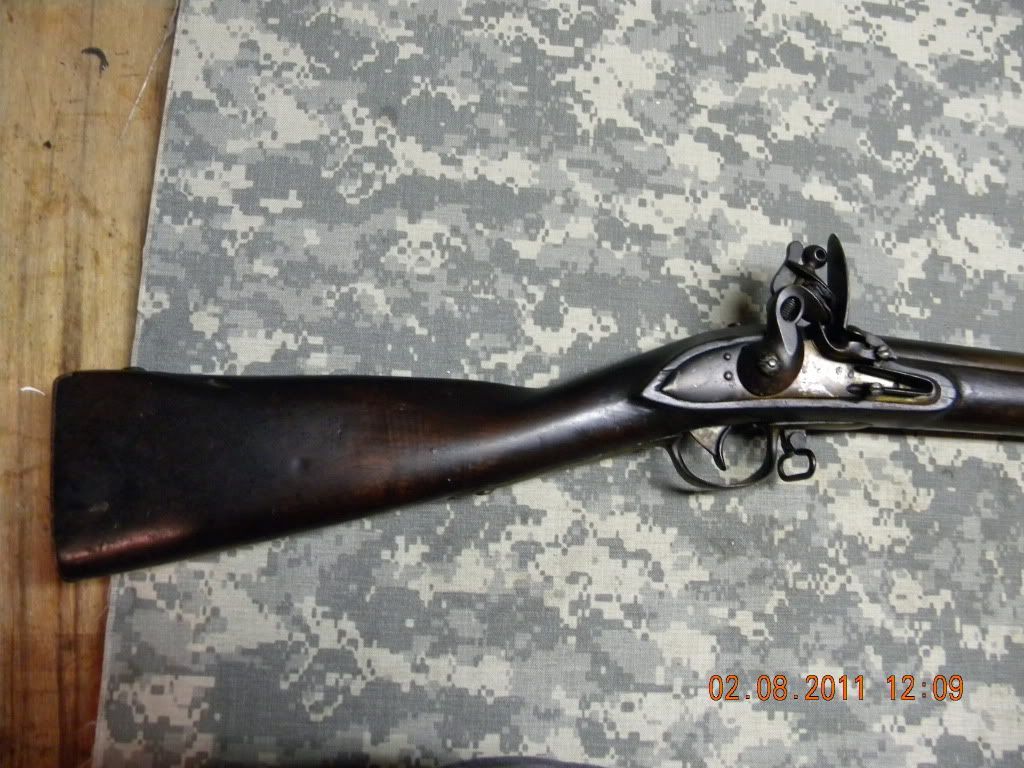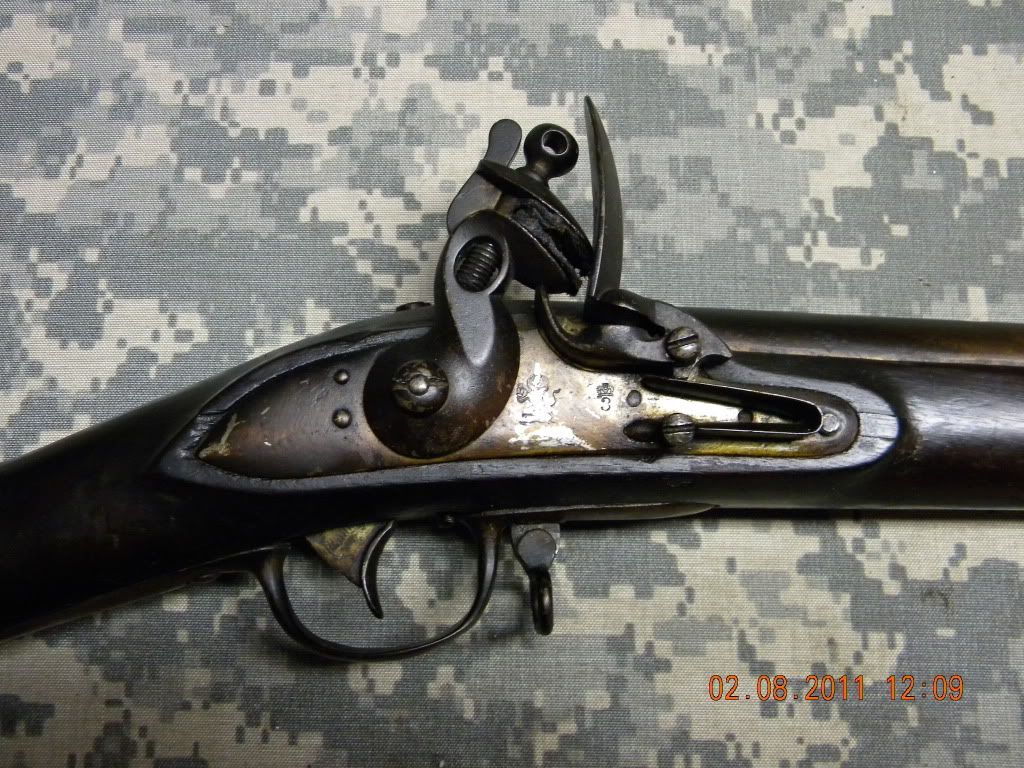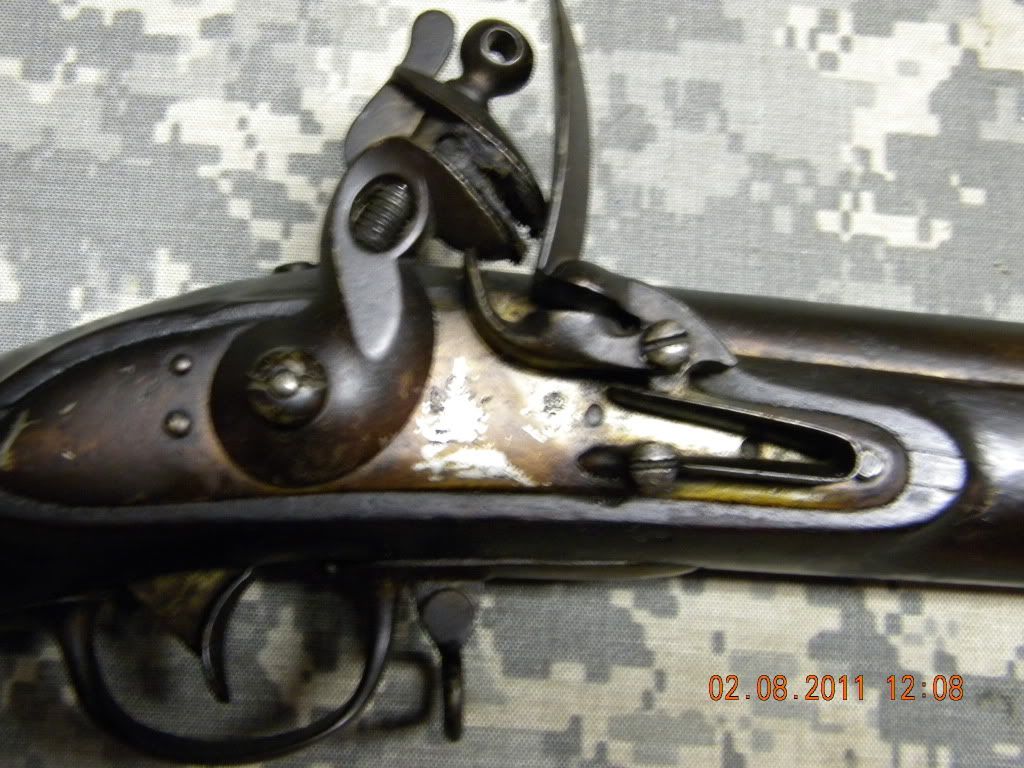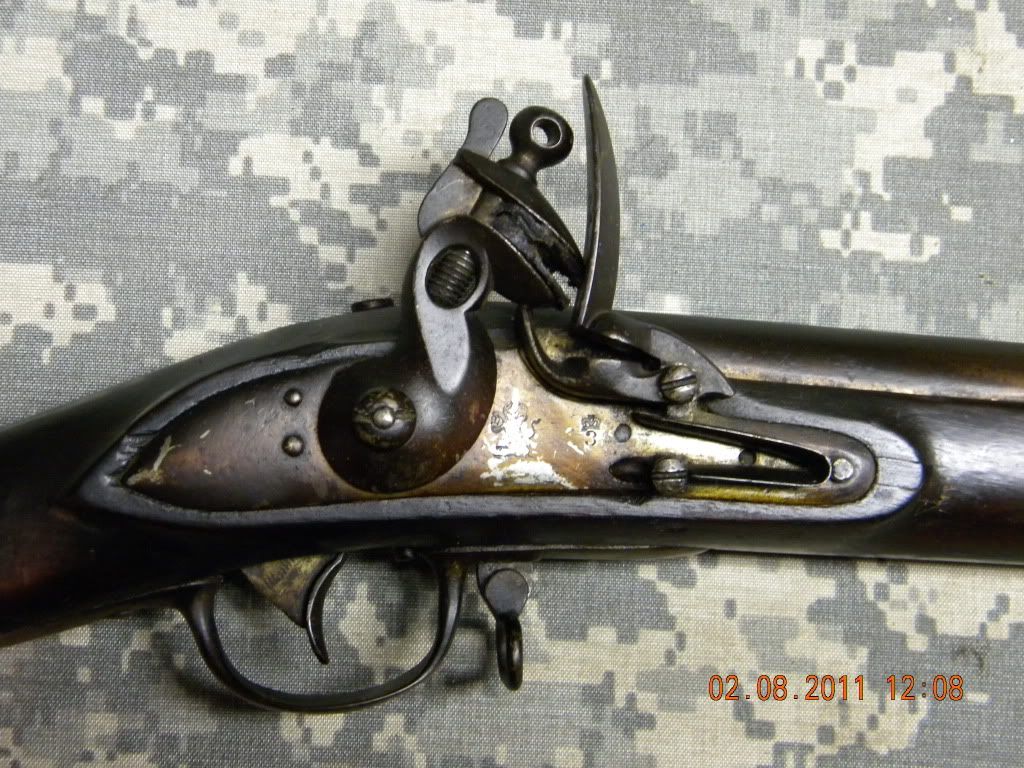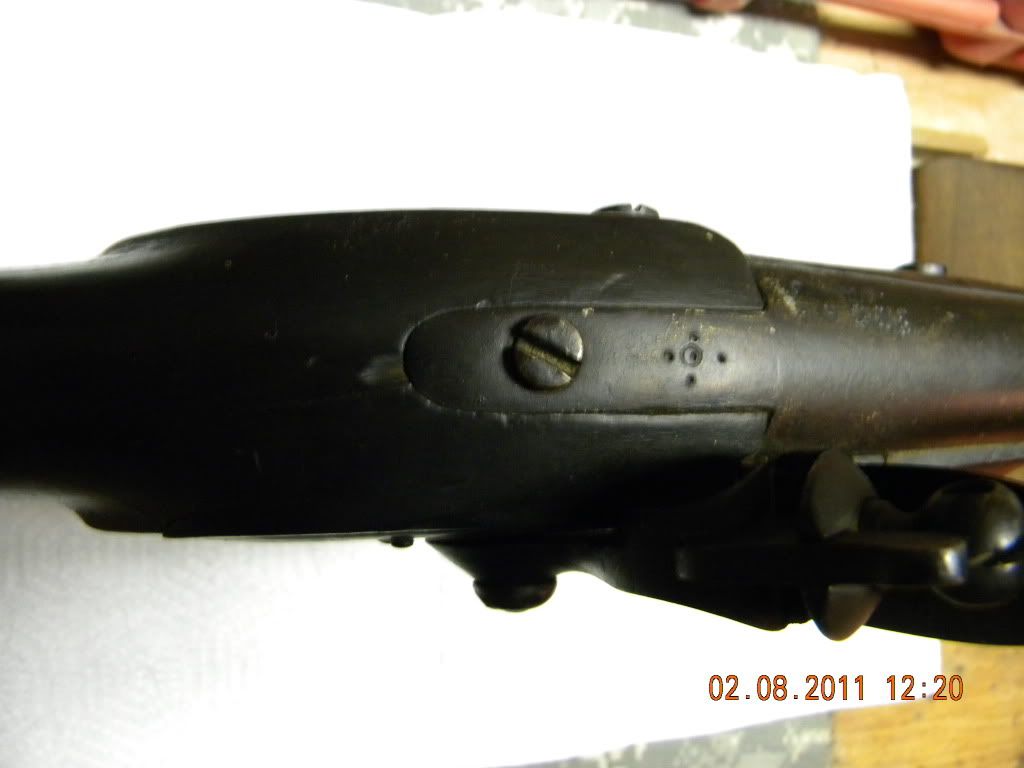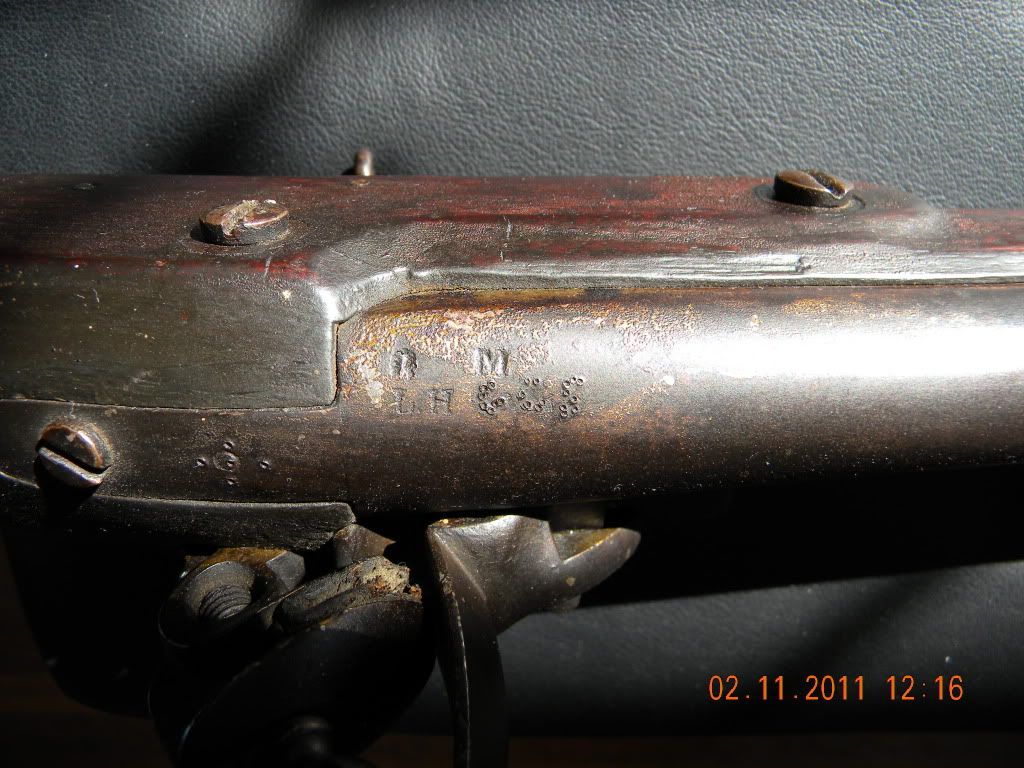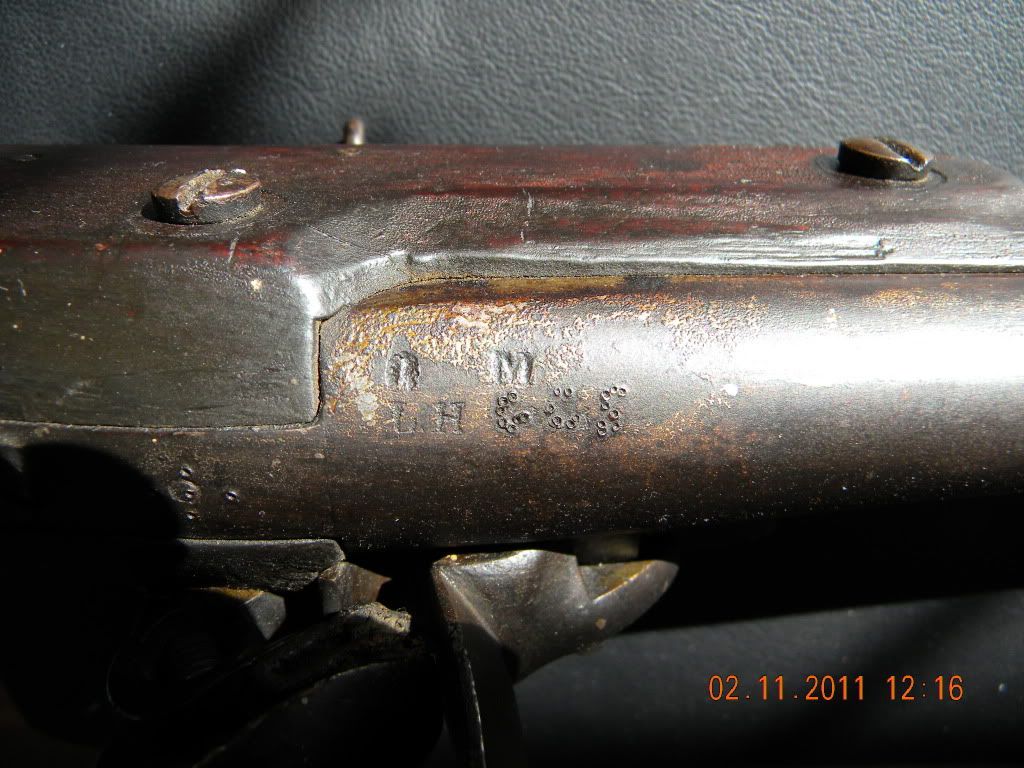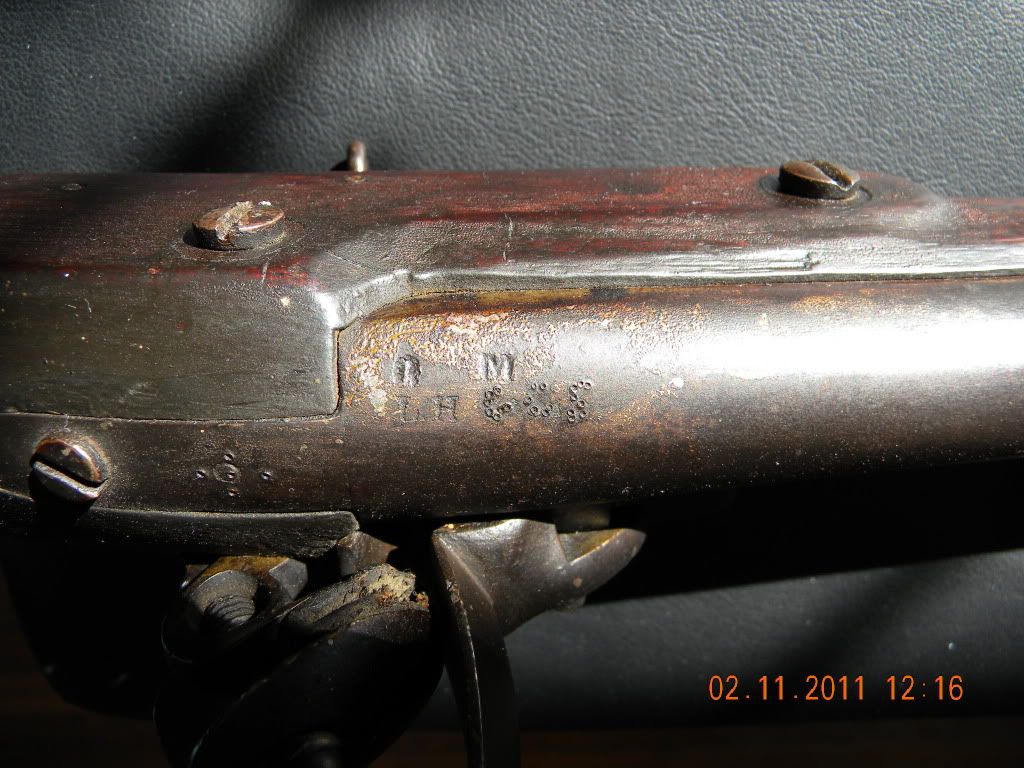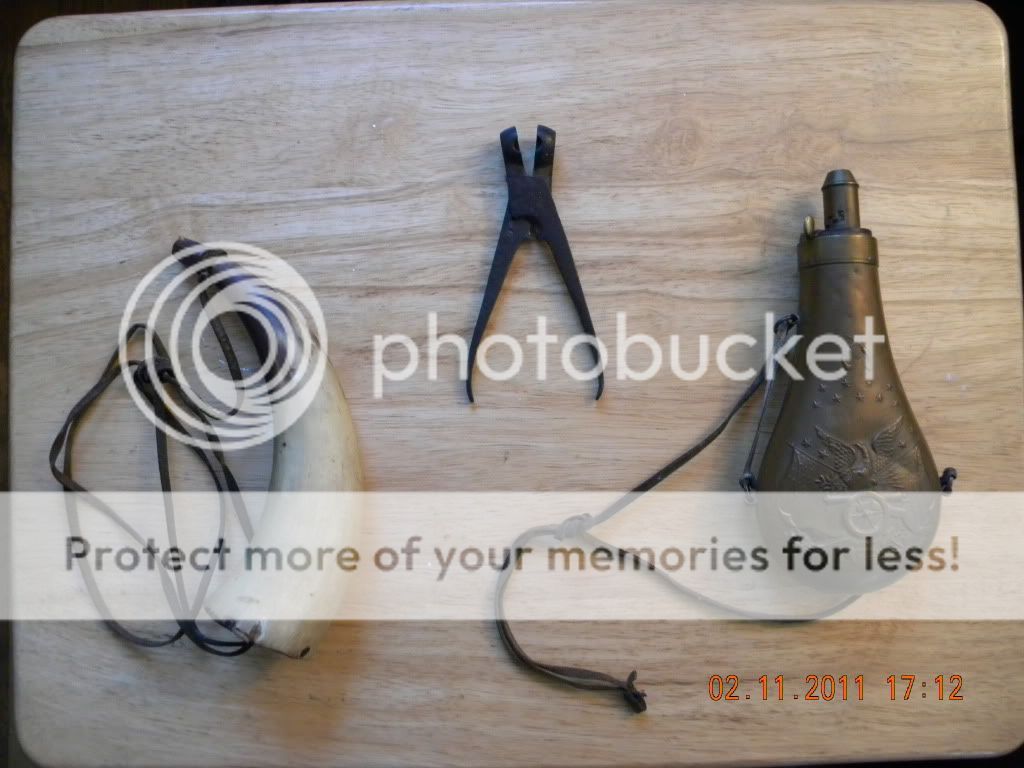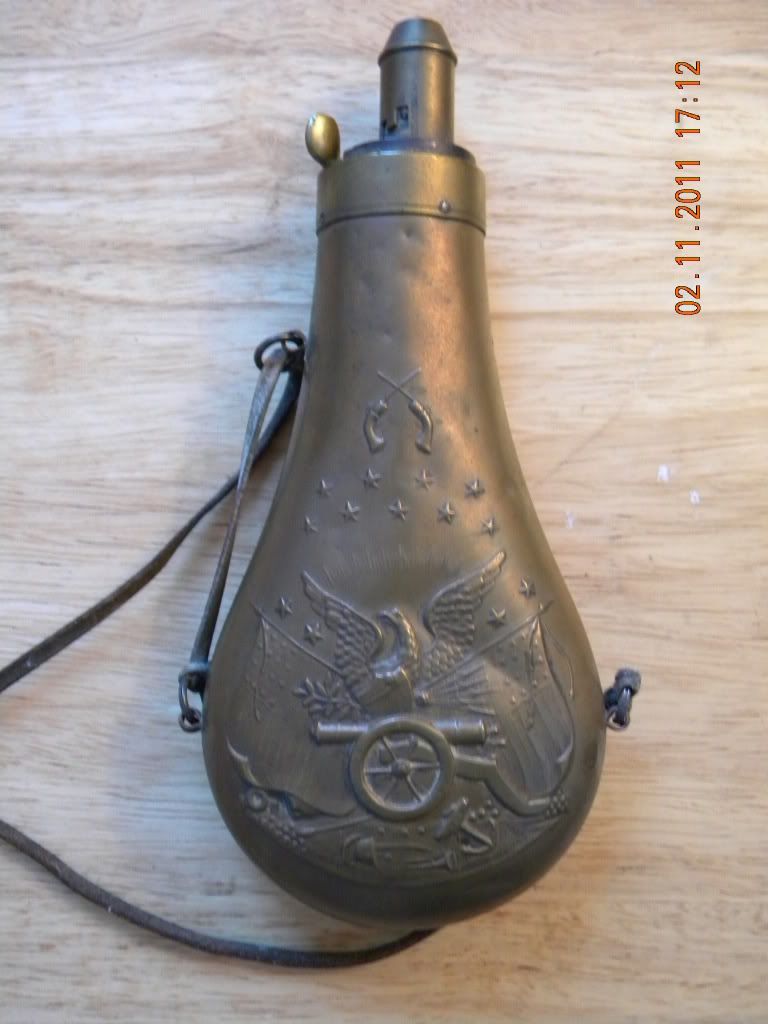Hello, I need help identifying a flintlock riffle. There is no date stamped. It is 57 1/2 inches long. The barrel is 42 inches. There is a rampant lion just in front of the hammer, also a crown with a 3 under it. On the barrel there is L.H. follwed by what appears to be a GCS made from a series of dots, maybe from a punch. Over that, there is an M, also there is one dot surrounded by four others on the barrel tang. I was told it was .58 cal but I think it is larger. Also told it was made for commercial sale as opposed to a military contract. Any help is greatly appreciated.
